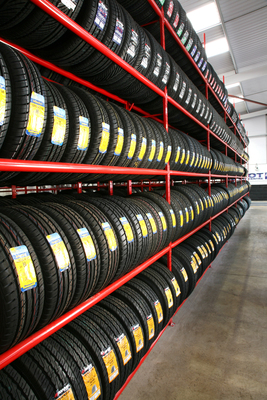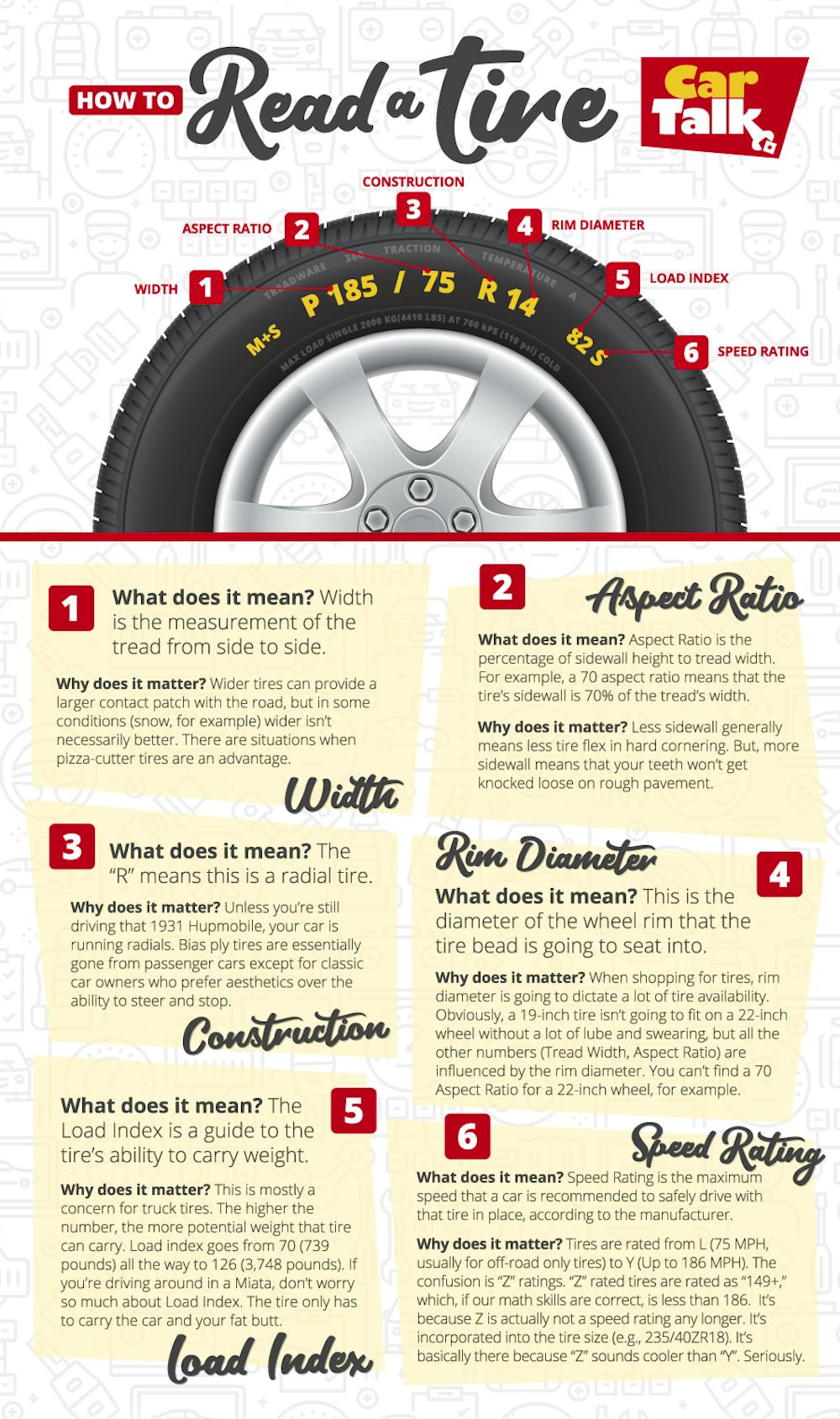All Categories
Featured
Table of Contents
I was able to obtain 100 hours out of one of these tires, and while it had absolutely no tire lugs left on it, the soft substance made it work very wellas long as I was utilizing a soft mousse. Kitt Stringer picture Easy mounting - 3Wear - 3Sidewall stamina - 3Performance on origins - 4Performance on damp rocks - 2Traction on dirt - 5Cornering capacity - 4Traction while braking - 4Self-clearing of dust and mud - 3Performance in mud - 3Overall predictability or tracking - 3 _ 37 Final thought: This is an excellent well-rounded tire with good worth for cash.

The wear was constant and I like how much time it lasted and how regular the feeling was during use. This would additionally be a good tire for faster races as the lug size and spacing little bit in well on rapid surface. Kitt Stringer image Easy mounting - 3Wear - 3Sidewall strength - 3Performance on origins - 4Performance on wet rocks - 4Traction on dust - 4Cornering capacity - 4Traction while braking - 5Self-clearing of dirt and mud - 4Performance in mud - 4Overall predictability or tracking - 4_42 Verdict: I liked this tire a whole lot.
If I had to purchase a tire for tough enduro, this would be in my top choice. Easy mounting - 3Wear - 3Sidewall toughness - 3Performance on roots - 4Performance on wet rocks - 3Traction on dust - 4Cornering capacity - 3Traction while stopping - 3Self-clearing of dirt and mud - 4Performance in mud - 4Overall predictability or monitoring - 3 _ 34 Verdict: This tire was very soft and flexible.
All the gummy tires I evaluated done relatively close for the first 10 hours approximately, with the champions going to the softer tires that had much better traction on rocks (Tyre balancing). Acquiring a gummy tire will definitely offer you a solid benefit over a routine soft compound tire, however you do spend for that benefit with quicker wear
Trusted Discount Tyres – Beechboro WA
Finest value for the motorcyclist who desires decent efficiency while obtaining a reasonable quantity of life. Best hook-up in the dirt. This is an excellent tire for springtime and loss conditions where the dirt is soft with some moisture still in it. These tried and tested race tires are excellent all around, yet wear swiftly.
My overall victor for a difficult enduro tire. If I had to invest money on a tire for daily training and riding, I would certainly pick this set.
Affordable Tyre Repair Services
I have actually been running a collection of Michelin Power Pilot 2CT's on my track Daytona 675 for the previous year. In that time I have actually done 15 track days in all weathers from cool damp to extremely hot and these tires have never missed out on a beat. Tyre maintenance. I have actually done almost 2,000 miles (3,200 kilometres) on them and as you can see from this shot of the front taken after initial session of my 15th track day on them, they still have quite a lot of rubber left on them
In other words the 2CT is an amazing track day tyre. If you're the type of biker that is likely to encounter both damp and dry problems and is starting on the right track days as I was in 2015, then I assume you'll be hard pushed to find a far better value for cash and experienced tyre than the 2CT; a pair of which will establish you back around 185 (US$ 300) in the UK.
Thinking of a far better all rounded road/track tire than the 2CT must have been a hard job for Michelin. The result of that effort is the Michelin Pilot Power 3 which essentially replaces the Pure. Don't perplex this brand-new tyre with the road going Pilot Roadway 3 which is not made for track use (although some bikers do).
They motivate significant confidence and give incredible grasp levels in either the damp or the dry. When the Pilot Power 3 released, Michelin advised it as a 50:50% roadway: track tire. That message has actually just recently changed due to the fact that the tyres are currently recommended as 85:15% road: track use instead. All the rider reports that I have actually checked out for the tire rate it as a better tire than the 2CT in all areas however specifically in the damp.
Reliable Vehicle Tyres – Beechboro WA
Technically there are many differences between both tires although both make use of a double compound. Visually you can see that the 2CT has less grooves cut right into the tire yet that the grooves run to the edge of the tyre. The Pilot Power 3 has even more grooves for better water dispersal however these grooves do not reach the shoulder of the tire.
One facet of the Pilot Power 3 which is various to the 2CT is the brand-new 2CT+ technology which prolongs the harder middle section under the softer shoulders (on the rear tire). This should give a lot more stability and decrease any "squirm" when accelerating out of edges regardless of the lighter weight and more versatile nature of this new tire.

Although I was slightly dubious about these reduced pressures, it ended up that they were fine and the tires carried out truly well on track, and the rubber looked better for it at the end of the day. Just as a point of reference, various other (fast team) cyclists running Metzeler Racetecs were utilizing tire stress around 22-24 psi for the rear and 24-27 psi on the front.
Generating a better all rounded road/track tire than the 2CT must have been a tough job for Michelin. The result of that effort is the Michelin Pilot Power 3 which basically changes the Pure. Do not puzzle this brand-new tyre with the roadway going Pilot Road 3 which is not designed for track usage (although some cyclists do).
Honest Tyre Servicing (Beechboro 6063 WA)
When the Pilot Power 3 launched, Michelin recommended it as a 50:50% roadway: track tyre. All the cyclist reports that I've checked out for the tyre rate it as a better tire than the 2CT in all locations yet particularly in the wet.

Technically there are numerous differences between the two tires although both utilize a dual substance. Visually you can see that the 2CT has less grooves reduced into the tyre but that the grooves run to the edge of the tyre. The Pilot Power 3 has even more grooves for far better water dispersal however these grooves do not get to the shoulder of the tyre.
One facet of the Pilot Power 3 which is various to the 2CT is the new 2CT+ technology which extends the harder middle area under the softer shoulders (on the rear tyre). This need to provide much more security and decrease any kind of "agonize" when increasing out of corners regardless of the lighter weight and even more adaptable nature of this new tire.
Although I was a little suspicious concerning these reduced pressures, it transformed out that they were great and the tires done truly well on track, and the rubber looked much better for it at the end of the day. Equally as a point of reference, various other (rapid team) riders running Metzeler Racetecs were utilizing tyre pressures around 22-24 psi for the back and 24-27 psi on the front
Latest Posts
Top Tyre Tuning Near Me (Ballajura)
Top Discount Tyres – Westminster WA
Car Tyres Near Me – Yokine WA